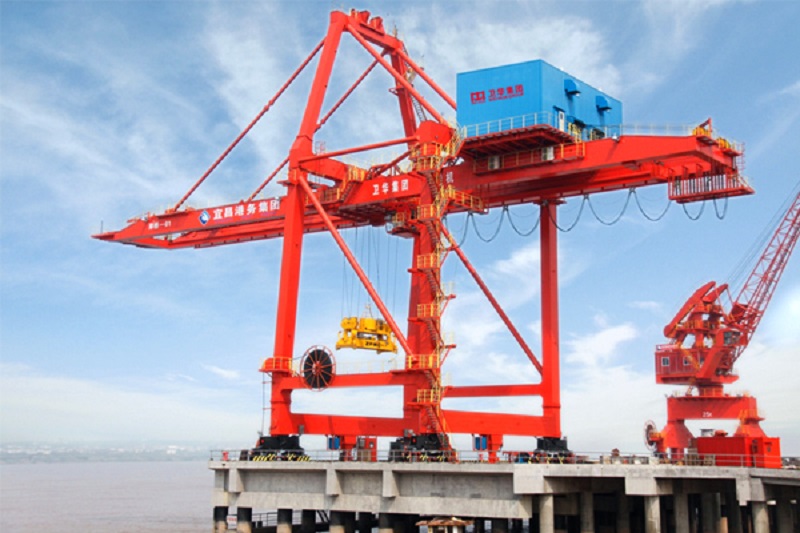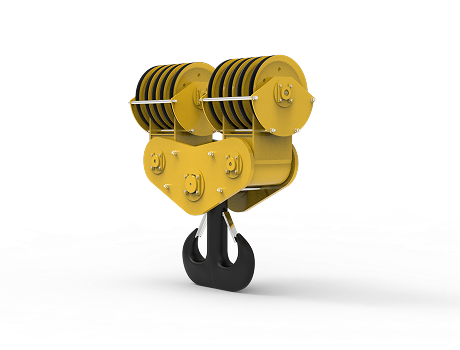Shore-to-shore container cranes, also known as quay cranes or crane bridges, are essential specialized loading and unloading equipment at container terminals and are typically located on the quayside of port terminals. Their primary function is to load and unload cargo from anchored container vessels, ensuring safe and efficient movement of cargo in and out of the port.
Different from quay cranes, yard cranes, also known as container gantry cranes, are specifically designed for loading and unloading at container yards. The most common type of yard crane is the rail-mounted gantry crane (RMG), a specialized machine used in container yards. RMGs use running wheels on rails to lift and stack containers and are equipped with 20- and 40-foot retractable spreaders to accommodate containers of varying sizes.
Compared to rubber-tired gantry cranes (RTGs), RMGs offer several advantages. First, they use mains electricity as a power source, eliminating fuel pollution and being more environmentally friendly. Second, they can increase lifting capacity and speed, improving loading and unloading efficiency. Furthermore, the RMG's trolley is capable of rapid travel while lifting cargo, further enhancing operational speed and flexibility.
In short, quay cranes and yard cranes play a vital role in container terminals and yards. They not only improve loading and unloading efficiency but also ensure the safety and economy of operations.




